Scientists have shown what the "Lady of Ampato", sacrificed to the volcano 500 years ago, looked like (photo)
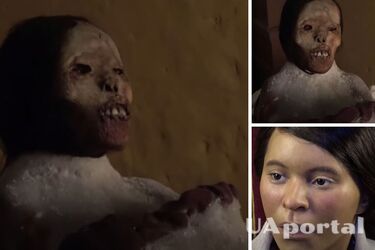
Researchers have reconstructed the face of an Inca girl sacrificed atop Mount Ampato in the Andes Mountains of southern Peru. The frozen remains of the girl were discovered by archaeologists in 1995 at an altitude of 6318 meters above sea level. She was found wrapped in an armful of cloth.
She was named the Lady of Ampato. Historians say she was sacrificed on the summit about 500 years ago to the Inca gods. She was about 15 years old at the time.
Read also: Scientists have shown how a "vampire" who lived in the XVIII century could look like (photo)
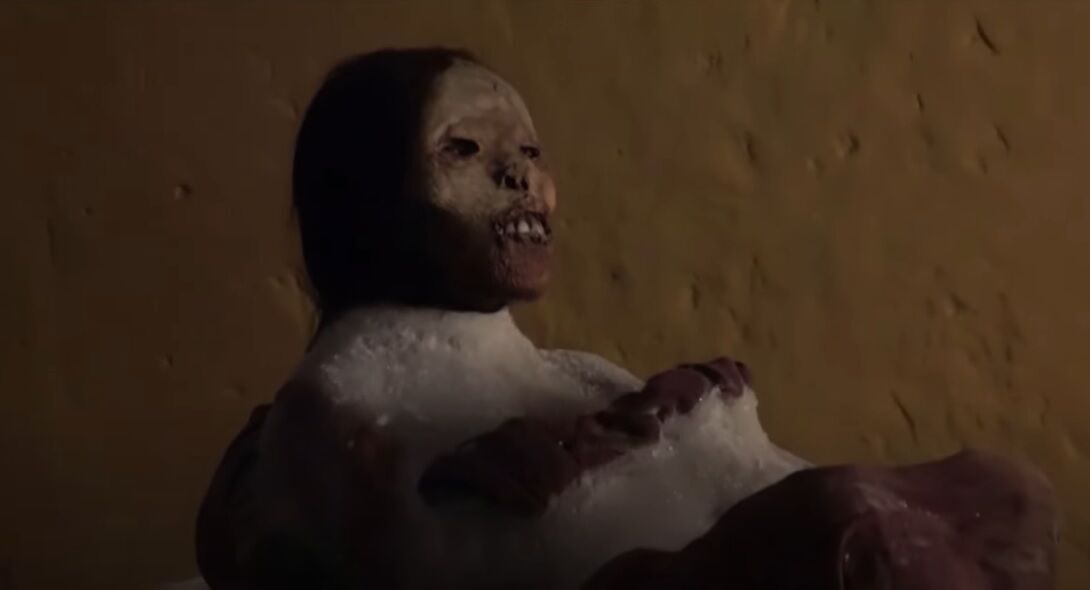
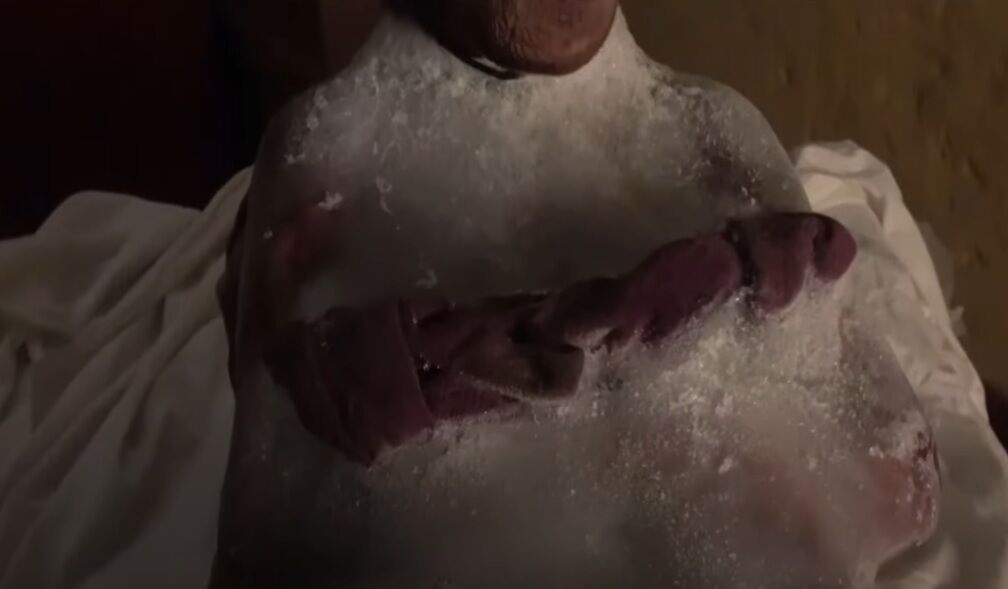
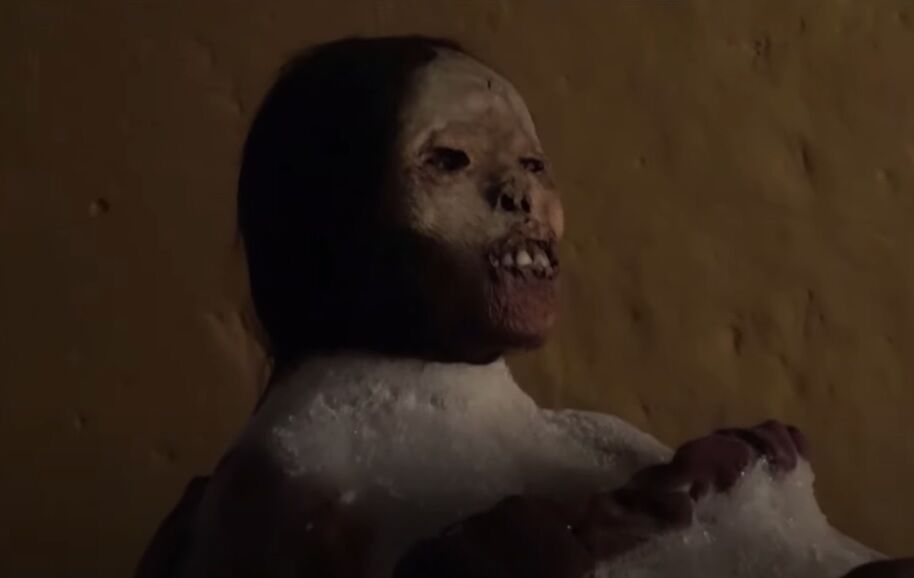

Child sacrifices, called capacocha or hapac huja, were an important part of the Inca religion. The Incas believed that the sacrificed children did not actually die, but instead watched over the earth from their perches on top of a mountain with their ancestors, according to the Catholic University of Santa Maria.
The girl was accompanied to the afterlife by 37 funerary offerings, such as aribalos-type containers for liquids, llama bones, small figurines, and ceramics decorated with geometric patterns. Foodstuffs such as corn kernels and cobs were also discovered.
Twenty-eight years after the discovery, a team of researchers reconstructed the girl's features in a hyper-realistic sculpture. This was done on the basis of body tomography, DNA research, ethnological characteristics, age, and build of the girl.
The tomographic examination showed that the girl was 13 to 15 years old at the time of her death, where she received a blow to the right side of her skull. All this information allowed Dr. Oscar Nilsson, a Swedish archaeologist and plastic artist, to apply the Manchester technique to create the Inca girl's face.
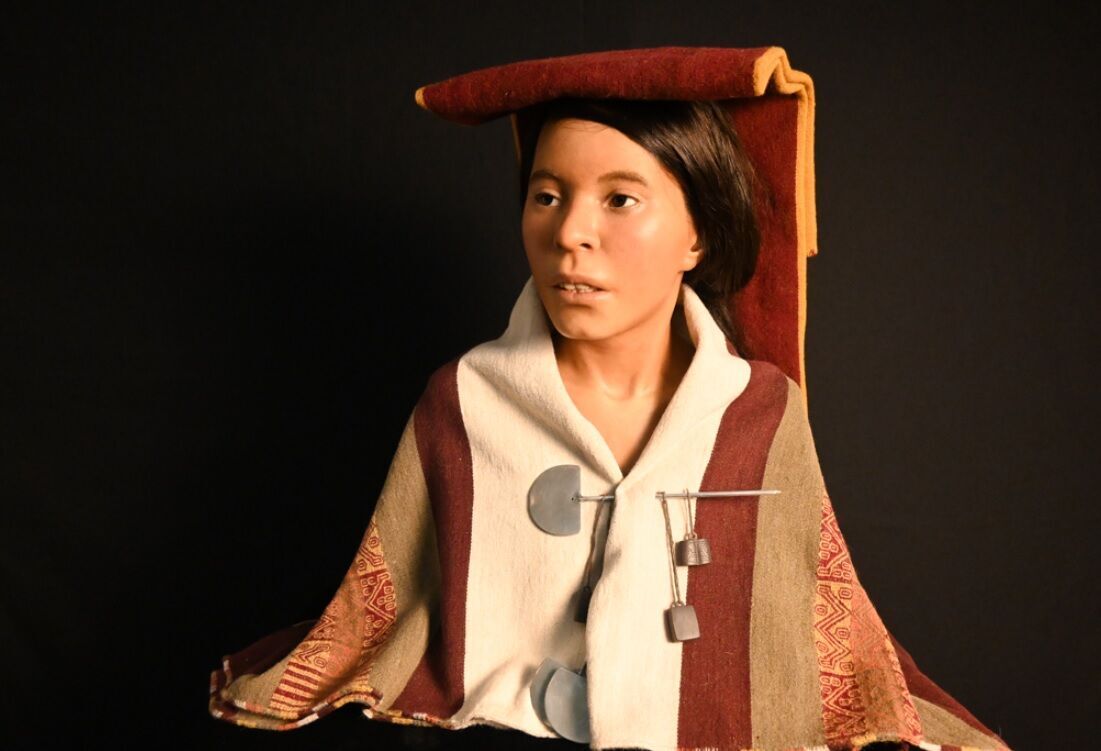
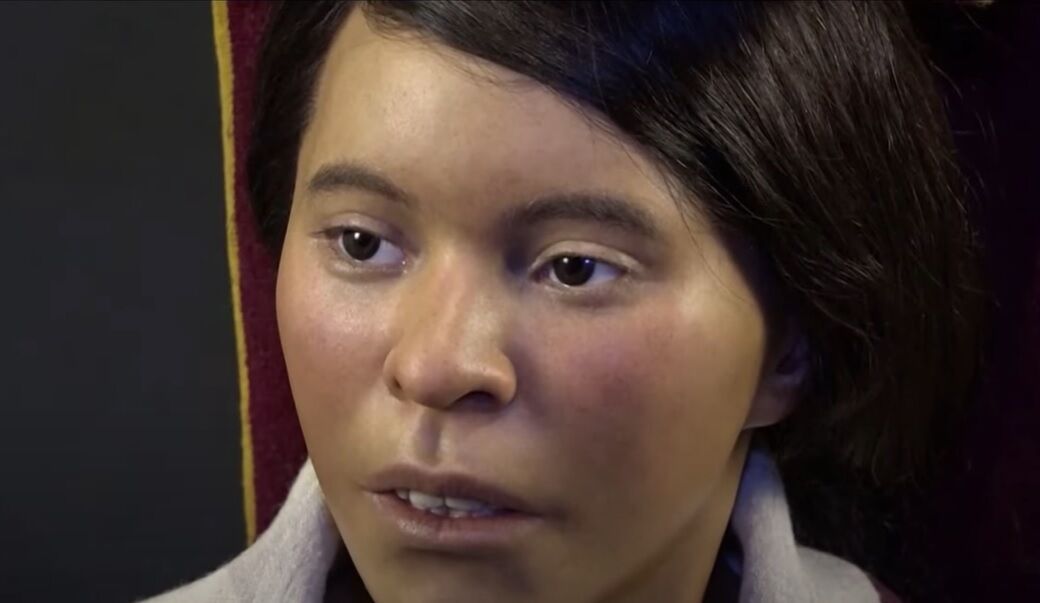



Researcher Dagmara Socha, an archaeologist from the team at the Center for Andean Studies in Warsaw, said: "Building the Inca girl's face was very emotional because it's like this minor who lived 500 years ago has been resurrected."
The sculpture of the Inca girl's face will be exhibited at the Catholic University of Santa Maria in Peru.
Scientists explained that the sacrifice of children by the Incas was a common phenomenon that took place over the centuries. Inca girls were usually sacrificed to appease the gods and ensure the prosperity of the settlements.
In the city of Achavanich in Scotland, scientists have recreated a three-dimensional image of a Bronze Age woman they named "Ava."
Earlier, the researchers successfully recreated the image of a 16-year-old girl from the VII century, whose remains were found near Cambridge. In addition to reconstructing her appearance, the scientists analyzed her bones and teeth, establishing that she was born in Central Europe and moved there in early childhood.
If you want to get the latest news about the war and events in Ukraine, subscribe to our Telegram channel!
